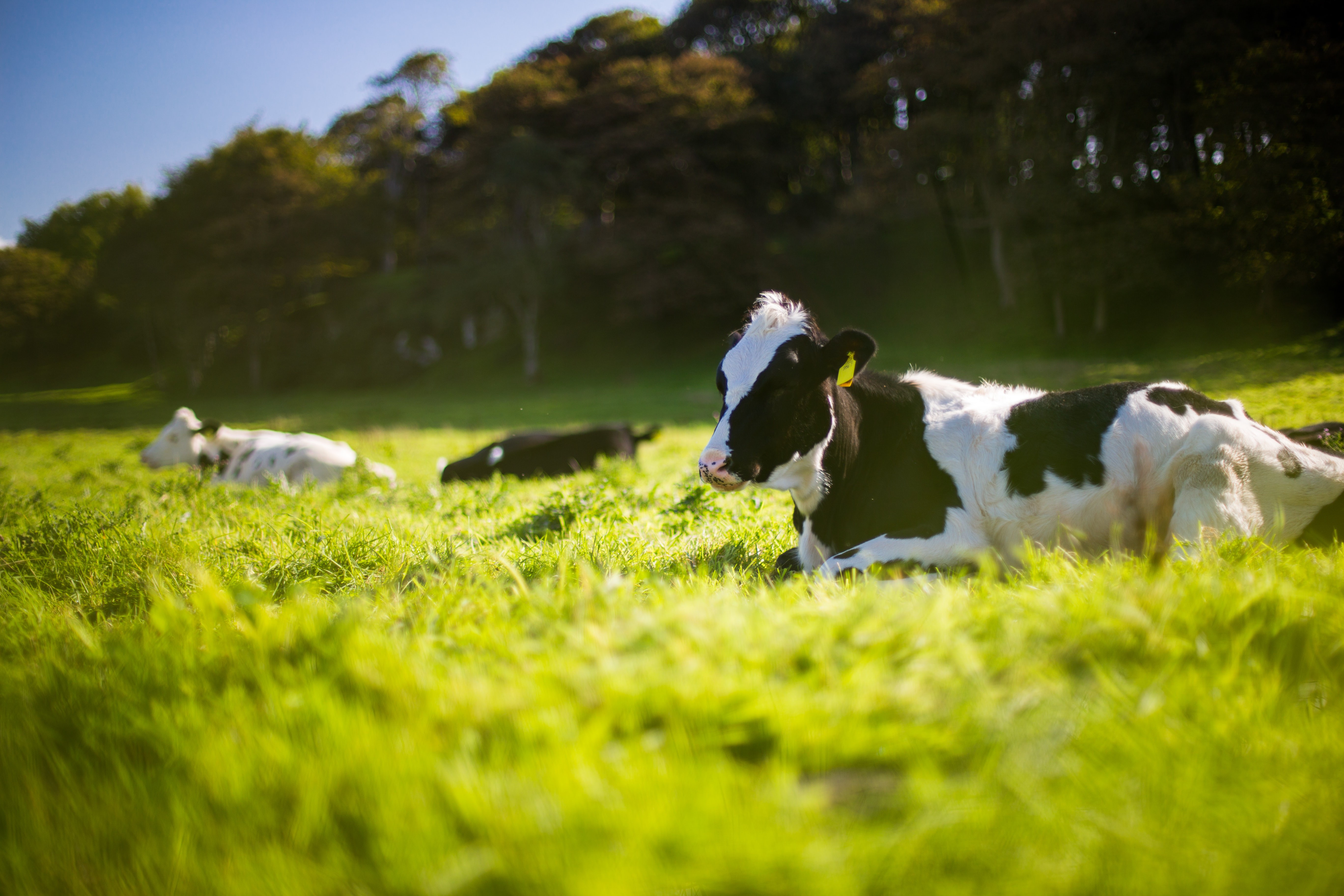
About Virtual Farm
Productive, profitable, and sustainable dairy farming amidst climate change is our goal. We are a collaboration between the National Institute of Food and Agriculture, U.S. Department of Agriculture, the Sustainable Dairy project, the Innovation Center for US Dairy, and universities across the United States.
About the Project
To better understand how agriculture affects and is affected by climate change, the U.S. Department of Agriculture funds multiple projects related to food, fiber and fuel. The Sustainable Dairy project examines dairy production systems across the Great Lakes region of the United States and how the carbon footprint and environmental impact can be reduced without sacrificing productivity or profit. Farmers can benefit from the research by understanding how to make their dairy operations more resilient to extreme events such as floods or drought.
Why Focus on Climate Change and Dairy Farming?
Dairy agriculture contributes measurable greenhouse gas emissions that result in climate change. To reduce agricultural production risks, economic losses, and food insecurity that may result from rapidly changing climate conditions, the US dairy industry has pledged to reduce emissions by 25% by the year 2020 to slow the pace at which our climate is changing. This can be accomplished by understanding opportunities to reduce greenhouse gas emissions and improving efficiencies in the dairy production cycle.

About the Website
This website has been developed to show typical dairy farming practices for two major sectors: farms that have about 150 cows and farms that have 1,500 cows. Each system can be investigated at a variety of levels by using the mouse to hover over a farm component. By drilling down deeper and deeper into the knowledge base, the user will gain a better understanding of how farm operations work. There are also numerous educational bulletins and fact sheets that one can browse or search for under the Resources tab in the menu bar. Whether you are a high school student, a dairy farmer, or an academic researcher, you should be able to find the level of materials that will best answer your questions to gain a better understanding of where in the cycle of producing a glass of milk greenhouse gases can be reduced and how farmers can adapt to anticipated changes.
Acknowledgements
This material is based upon work that is supported by the National Institute of Food and Agriculture, U.S. Department of Agriculture, under award number 2013-68002-20525.
Developers of this website include faculty and staff from University of Wisconsin-Madison, the Pennsylvania State University and Cornell University working with WPSU Creative Services professionals. Primary developers include Rebecca Larson, Horacio Aguirre-Villegas, Carolyn Betz, Matt Ruark, Dan Hofstetter and Eileen Fabian. A hearty thanks goes to the many other content developers and reviewers from these three universities including David Kammel, Brian Holmes, Dan McFarland, Doug Beegle, Virginia Ishler, Heather Karsten, Tom Richard, Amber Yutzy, Curt Gooch, and Larry Chase.
Site Feedback
Please feel free to contact us with feedback or suggestions.